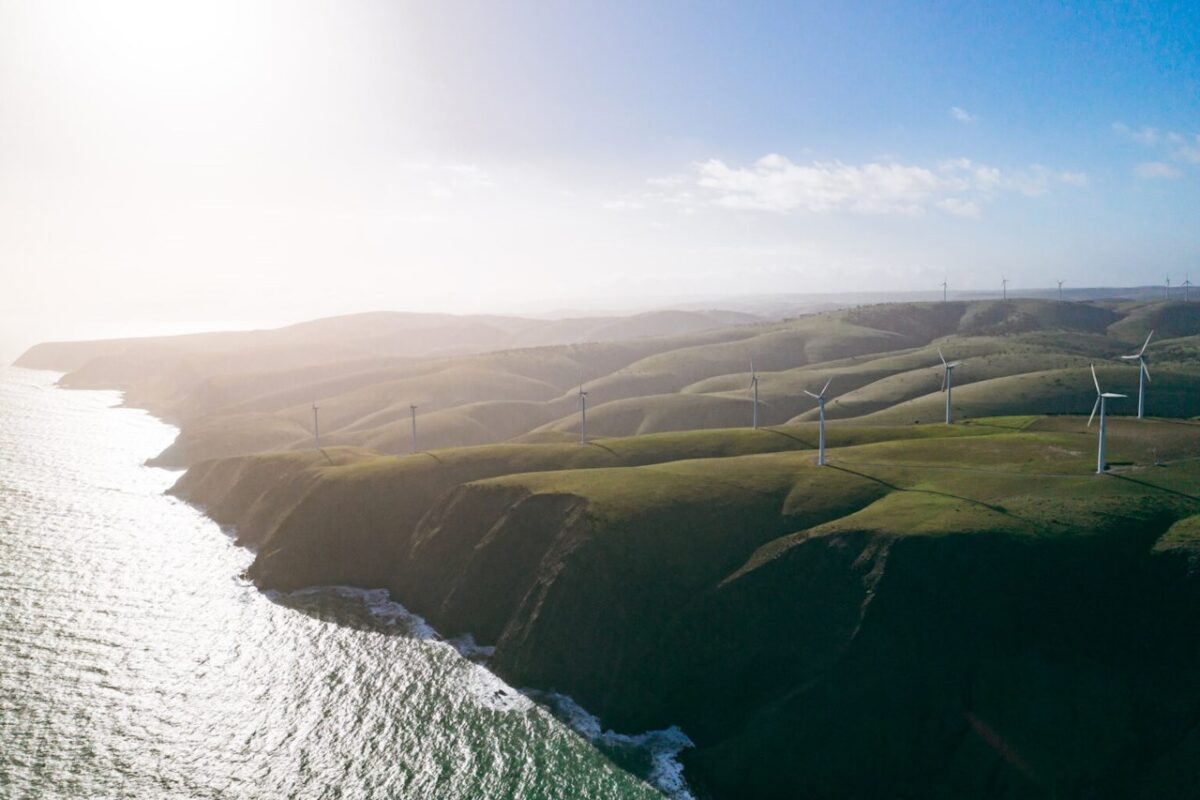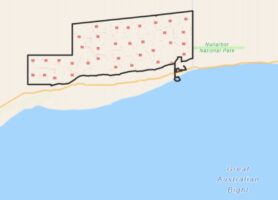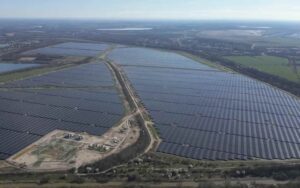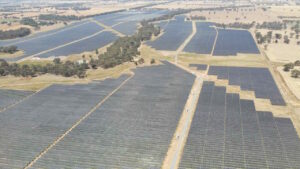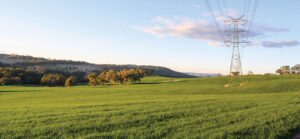One of Australia’s oldest wind farms, and the first to be built in South Australia, has confirmed that it has pushed its planned closure date back by seven years and will now close in 2033, some 30 years after its opening.
The Starfish Hill wind farm was opened in 2003 and helped kick start the remarkable transition in South Australia that has led to the closure of the state’s coal fired generators in 2016, and a 75 per cent share of wind and solar in the last 12 months. The state aims to reach 100 per cent net renewables in 2027.
The facility at Cape Jervis boasts just 22 Denmark-made NM64 turbines with a rating of 1.5 MW each, giving the wind farm a total capacity of 33 MW. (The project started with 23 units but one turbine caught fire in 2010 and was not replaced).
New wind farms feature turbines with a rating of around 6 MW, and a blade height of up to 260 metres, compared to the 100 metre blade height at Starfish Hill.
The extension to the wind farm’s life is not surprising given that last month it announced a new 10 year power purchase agreement with Adelaide-based renewable energy developer and retailer Zen Energy. The extension was revealed in the market operator’s generation information page.
But the longevity of the Starfish Hill project also serves to debunk some of the nonsense circulating on social media, and sadly amplified in some mainstream media, that wind farms have a limited lifespan of 10 to 15 years, and that the machinery cannot be recycled.
Queensland energy minister Mick de Brenni this week sported a pair of track shoes made from recycled wind turbine blades in Spain, where the wind industry is much older and where multiple recycling facilities are now being built.
De Brenni made the point that 90 per cent of wind turbine machinery is easily recycled because it consists of steel and other metals. The challenging part are the blades made of fibre and resin, but innovative solutions such as the shoes show that solutions can be found.

